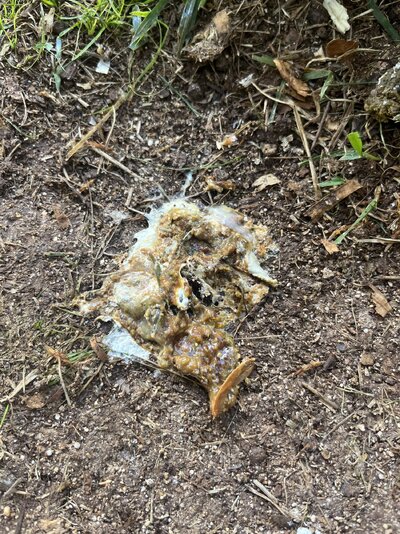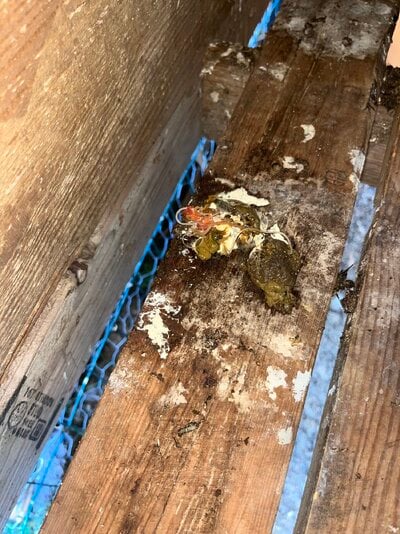Chickeemariee
In the Brooder
- Jul 26, 2023
- 37
- 26
- 44
I have a legbar hen that quit laying about last Wednesday. Other than that seeming fairly normal until Friday afternoon she started acting lethargic. Saturday morning she’s way worse and I found a bloody mucous poop as well as a few more runny & bloody ones. I ran to the feed store and got corid to begin her and the rest of the flock on. I had her isolated as she was bad, constantly laying down and could barely hold her head up. By Sunday afternoon she’s doing a lot better and yesterday (Tuesday) I integrated her back into the flock. Throughout this I can tell she’s been molting as she’s losing feathers and the remaining look dull. Today I go out thinking I’ve gotten over the hill and I find bloody poop AND worms!! Any suggestions on what I should do? This is day 5 of corid but I was reading you shouldn’t worm the chickens during molt. I also wormed with Fenbendazole about 2 months ago. I’m at a loss and any help is appreciated. The first pic is the poop that made me start corid and the second is the one I found this morning.
Attachments
Last edited:





